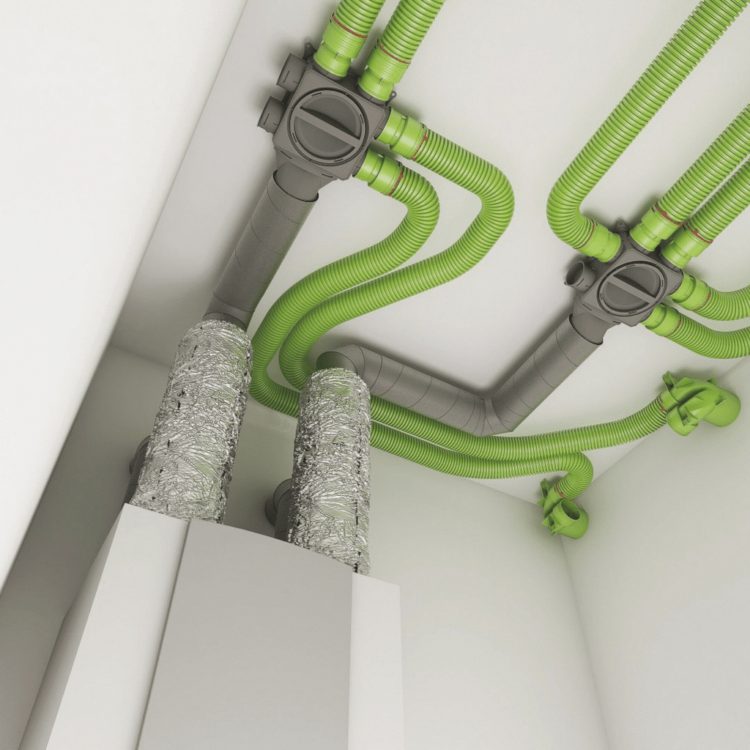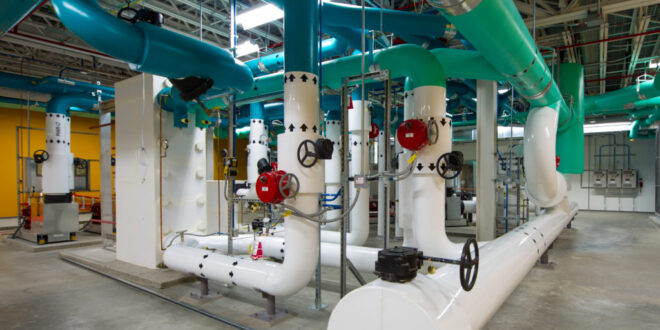Energy-renewable technologies are excellent for the environment and they are efficient solutions for your homes and office buildings by harnessing the power of the sun. By utilizing these technologies, we can make the most of what we’re given that not negatively impacting the environment.
One of the major benefits to these technologies come in the form of heat recovery systems that work by preserving valuable warm air or water in a property without letting it escape out to the environment.
These systems don’t replace the need for a boiler or other technologies that are used to heat up your radiators. These systems operate on a more efficient method. This method effectively recycles the warm air and makes sure that none of it gets out.
Heat recovery systems for domestic premises can prove to be the difference-maker between saving thousands of dollars on an annual basis. Energy bills can be very high in modern times, and one way to reduce them is to use heat recovery systems. Furthermore, these systems keep your house warm during the winter months and make it very difficult for warm air to escape, which usually happens with poor ventilation systems, poor windows, etc.

Now that we’ve explained what heat recovery systems are, let’s get into how they actually work.
How Do Heat Recovery Systems Work?
In most cases, these systems work with a ventilation system that is usually built at the top of the building. This system doesn’t work by drawing new air and replaces it with old ones, but rather by drawing the heat from the outgoing air and passes it to the ongoing new air.
For more information about heat exchangers, you can read more here.
These ventilations work independently of your normal heating system because in every room there is a ventilation duct that filters the air in and out from each room. All of these ventilations lead towards a heat exchanger that is placed usually on the roof of the building.
Without question, the heat exchanger is the brain of the operation, and it is the most important part of the entire system. The heat exchanger works by moving the stale air through hundreds of pipes across your building, all the while drawing in cold air from the ducts. The cold air moves through without mixing with the heat that is drawn from the stale air. It then feeds it back to the pipes of each of the rooms, automatically keeping each room well heated. The stale air is lastly expelled into the atmosphere.
Technology has made it possible for various upgrades with heat exchange systems. Some are so well-made that they can recycle up to 90% of the heat from the stale air, returning it in the form of fresh air that circulates back within the system.
While we’ve explained how these systems work, there is still far too much to it. We’ve only touched this subject on the most basic of level, by explaining how the principle of heat exchange works. In reality, the world of heat exchange is far more complicated and has more applications than just our homes and office buildings. If you have any problem with heating system and you do not have right solution do not hesitate and contact some of the professionals. Visit Furnasman Right Time for more information.
 Hi Boox Popular Magazine 2024
Hi Boox Popular Magazine 2024



